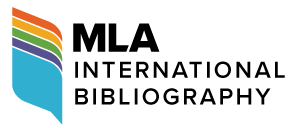ORCID
0000-0001-7489-2847
Abstract
Writers have many digital tools available to help them with the creation of text. In some cases, these tools have been in existence for a long time, such as spellcheckers and basic grammar checkers that are available on word processing software. Today, new and increasingly more advanced tools are in use, and the ramifications of their use are not yet fully understood, particularly in the language classroom. Public interest in such tools has reached new levels with the release of artificially intelligent tools such as ChatGPT. In addition to this, the speed at which assistive writing technologies are developing may outpace that of the creation of institutional academic integrity policies and guidelines for their use. This results in grey areas, confusion, and a lack of awareness of such tools and their uses among educators, students and administrators. This conceptual article seeks to systematically review and categorize these tools drawing on the research literature and the authors’ personal experience in the classroom. From this inductive analysis, three categories of digital writing tools aside from ChatGPT and LLM-driven text creation tools are described. These are Machine Translators (MT), Digital Writing Assistants (DWAs), and Automated Paraphrasing Tools (APTs). The key contribution of this article is the development of these three categories which can form a basis for crafting comprehensive pedagogical approaches and academic integrity policies which focus on a broader range of tools than ChatGPT and LLMs alone.
Recommended Citation
Roe, Jasper; Renandya, Willy A.; and Jacobs, George M.
(2023)
"A Review of AI-Powered Writing Tools and Their Implications for Academic Integrity in the Language Classroom,"
Journal of English and Applied Linguistics: Vol. 2:
Iss.
1, Article 3.
DOI: https://doi.org/10.59588/2961-3094.1035
Available at:
https://animorepository.dlsu.edu.ph/jeal/vol2/iss1/3
Included in
Educational Assessment, Evaluation, and Research Commons, Educational Technology Commons, Scholarship of Teaching and Learning Commons





